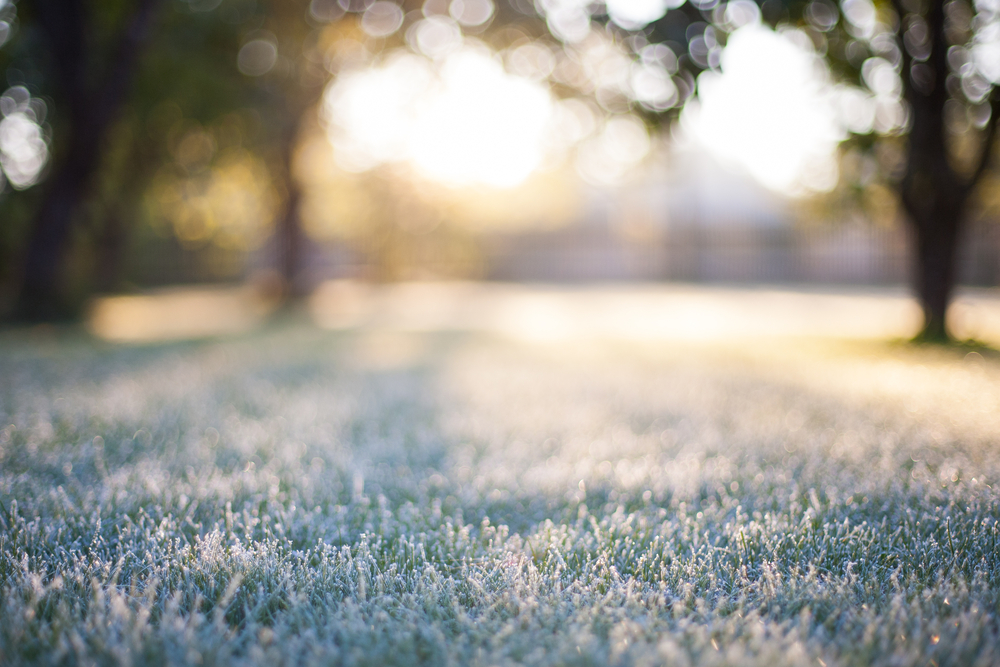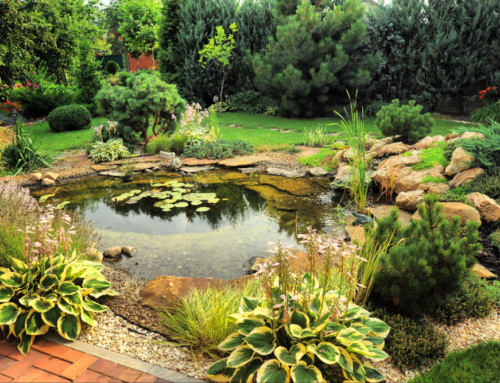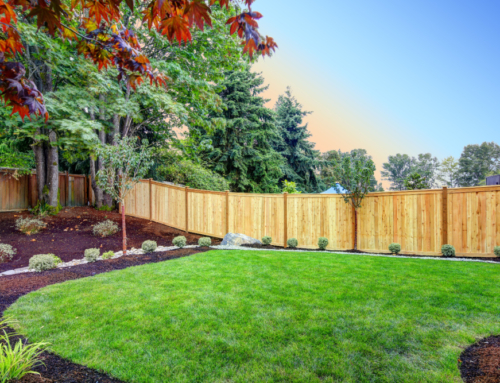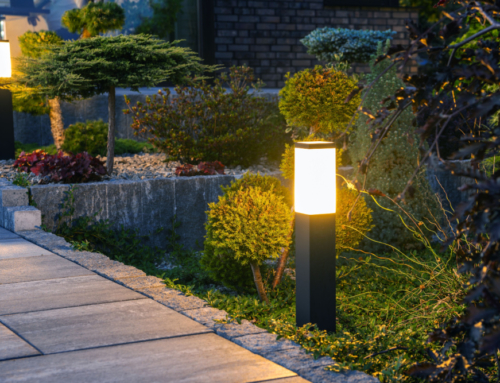In these times of changing weather patterns, it is quite common for overly warm spring seasons to be followed by winter-like temperatures, both of which affect plants in different ways. In particular, the warm temperatures of spring, which sometimes come early, nudge most plants, including turfgrasses, to start growing and greening. However, the increasingly cold intervals between spring and summer may reverse this green-up and force the plants to go into dormancy.
Now, there are some turfgrasses such as bluegrass, fescues, and ryegrass that can withstand cool-season blasts, and will do just fine in the midst of weather fluctuations. The warm-season grasses, though, are significantly affected by the swift temperature changes and many don’t recover. These types of grass, which include St. Augustine, Centipede, and Bermuda, also happen to cover most lawns in the warmer regions of the US.
Purplish Color
The most common effect of sudden cold snaps on turfgrasses is a change of color from lush green to a purplish flush. One of the States, where this has become apparent, is Texas, where a local Franchise Owner called Roland Freund noted on his Facebook page that the cool temperatures that have been pushing southwards as a result of climate change leave many lawns covered in various shades of purple.
Fortunately, the color change is often temporary and is simply a reaction by the grass to the stress caused by a forced return to winter dormancy while in the middle of their “spring phase”. In most cases, the turf will recover on its own as the weather gradually improves.
Camouflage-like Pattern
Some grass types, particularly the warm season types like Bermuda, Zoysia, and Augustine grasses, do not turn purple when subjected to cooler temperatures in the middle of their green-up phase. Instead, they take on the camouflage patterns normally seen during the first few frosty weeks of fall.
Nonetheless, with the aforementioned climatic occurrences being somewhat new, it remains unclear what effect the record low temperatures that blasted much of the South in the early weeks of January had on the warm-season grasses. See, the cool-season grasses are used to extremely cold temperatures (sometimes in the single-digit range) but the lawns in the South are absolutely not used to it. And while the long-term effects of the January cold snap may not be immediately clear, available evidence implies the results will be far from rosy.
Best Lawn Care Practices to Adopt
If you have a lawn full of warm-season turfgrass, spring is undoubtedly the most important part of the year for you. At this time, your primary focus should be to control the growth of both lawn weeds and seasonal grasses like crabgrass and goosegrass. The former will probably give you a bit of a headache as weeds are more resilient than most turfgrasses and will easily shake off the effects of cold temperature blasts long before your grasses. So, you need to make sure you use the right weeding agents depending on the type of weeds you’re dealing with, and most importantly, avoid applying fertilizer too early as it can have a detrimental effect on your turfgrass.
As a rule of thumb, wait until the ground is fully dry before you apply the first round of fertilizer. Matter of fact, this is the law in the many Northern States, ostensibly to prevent chemical run-offs from the frozen ground. But with spring being some way off (if late winter storms stay away), you still have some time to get your lawn ready.
Get in Touch with Cerullo Landscape & Irrigation
If you are looking for the best lawn maintenance services in NYC, contact us today. Our professionals will be more than happy to help you winterize your lawn and ensure it is adequately prepared for the cold weather.






